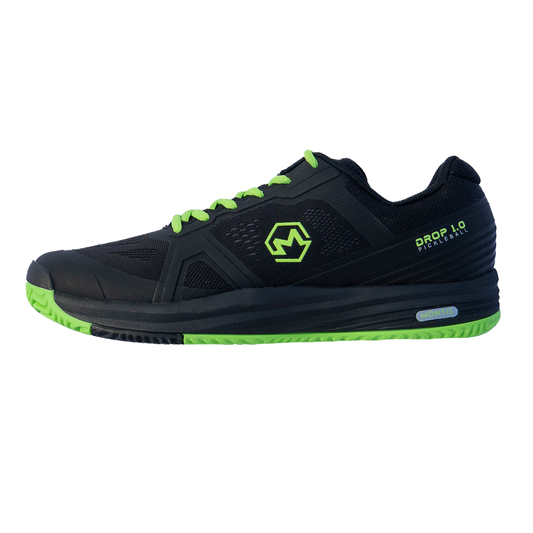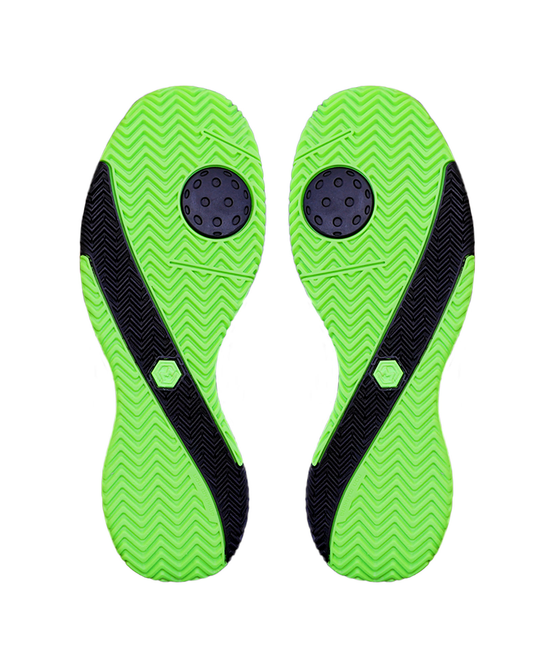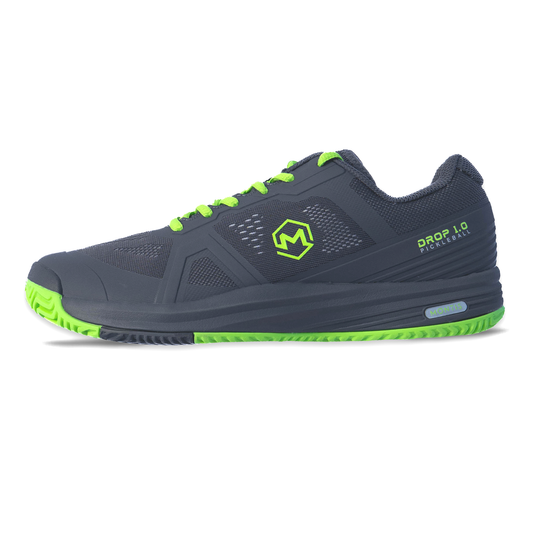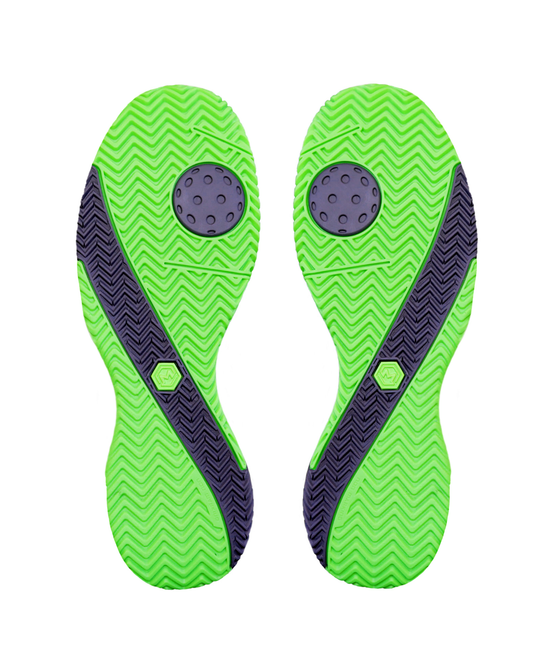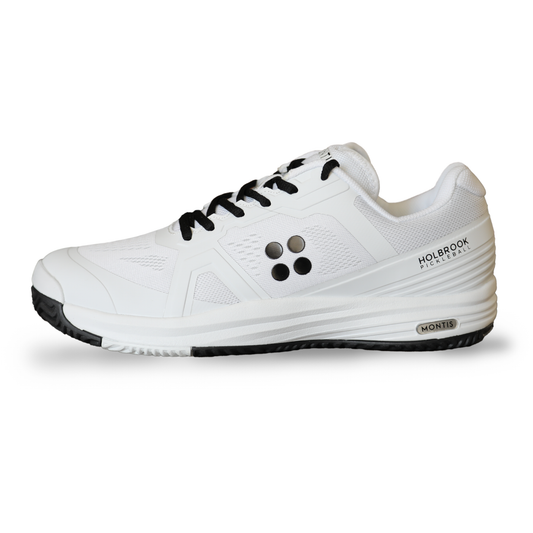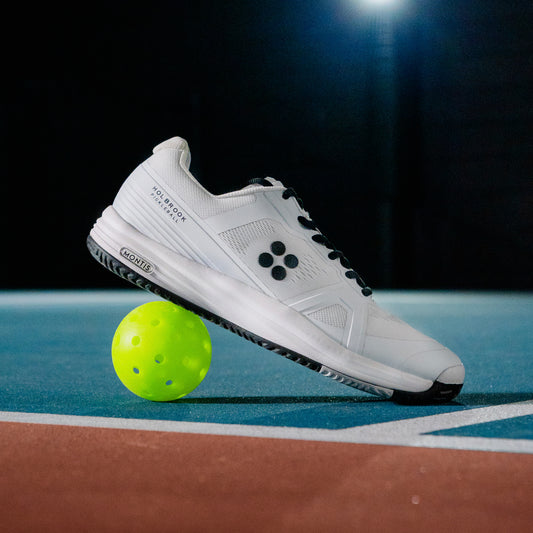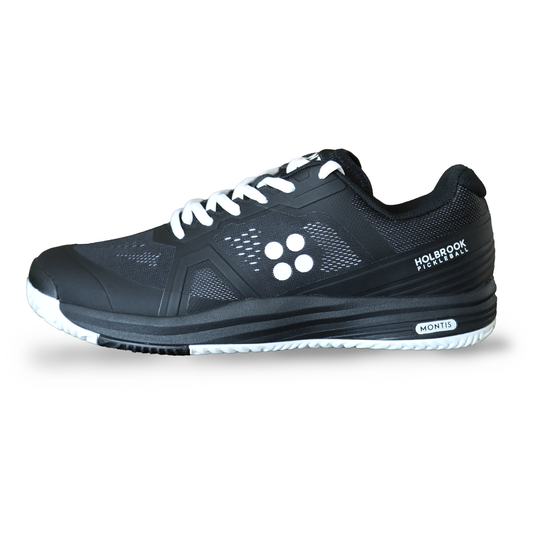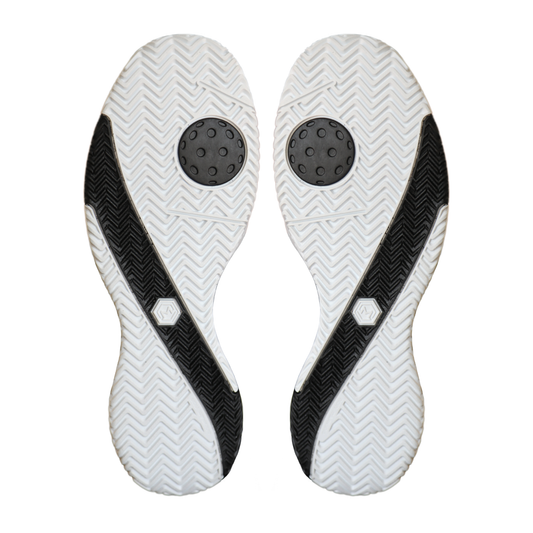The rules of the non-volley zone in Pickleball, a.k.a the kitchen, are among the most important (and misunderstood) in the game. Knowing what you can and can’t do in the kitchen helps you play smarter, avoid faults, and dominate near the net.
What Is the Kitchen in Pickleball?
The kitchen, officially called the non-volley zone (NVZ), is a 7-foot area on both sides of the net. Its purpose is to prevent players from standing too close to the net and smashing every shot downward.
❌ You May Not Enter (or Be Touching) the Kitchen When:
The rule is simple: you cannot volley the ball while standing in the kitchen or touching any part of it (including the lines) even if it’s just your toe, paddle, or hat touching the zone.
A volley means hitting the ball out of the air before it bounces.
If you hit a volley outside of the kitchen but your momentum or follow-through to carries you into it, that is a fault.
✅ You May Enter the Kitchen When:
You can go into the kitchen — but only under specific conditions.
The rule doesn’t forbid stepping inside; it forbids volleying while you’re in or touching the kitchen.
If a dink or drop shot bounces in the kitchen first, you may enter to hit it. After hitting a legal shot that bounced, you can remain or move through the kitchen as long as you’re not volleying.
This rule promotes longer rallies, fairness, and more strategic play. Players must learn to balance aggression with control — staying close enough to attack but far enough to remain legal.
Montis Tip: Balance Wins the Battle at the Net
Mastering the kitchen is about control, not just power. Proper court shoes that offer superior traction and lateral stability to help you stay agile without stepping over the line.
👉 Shop Montis Pickleball Shoes
Final Thoughts
Understanding the pickleball kitchen rules gives you a strategic edge and keeps your game clean. To avoid mistakes it is important to maintain awareness of your surroundings and practice precise footwork and controlled movement near the net.


